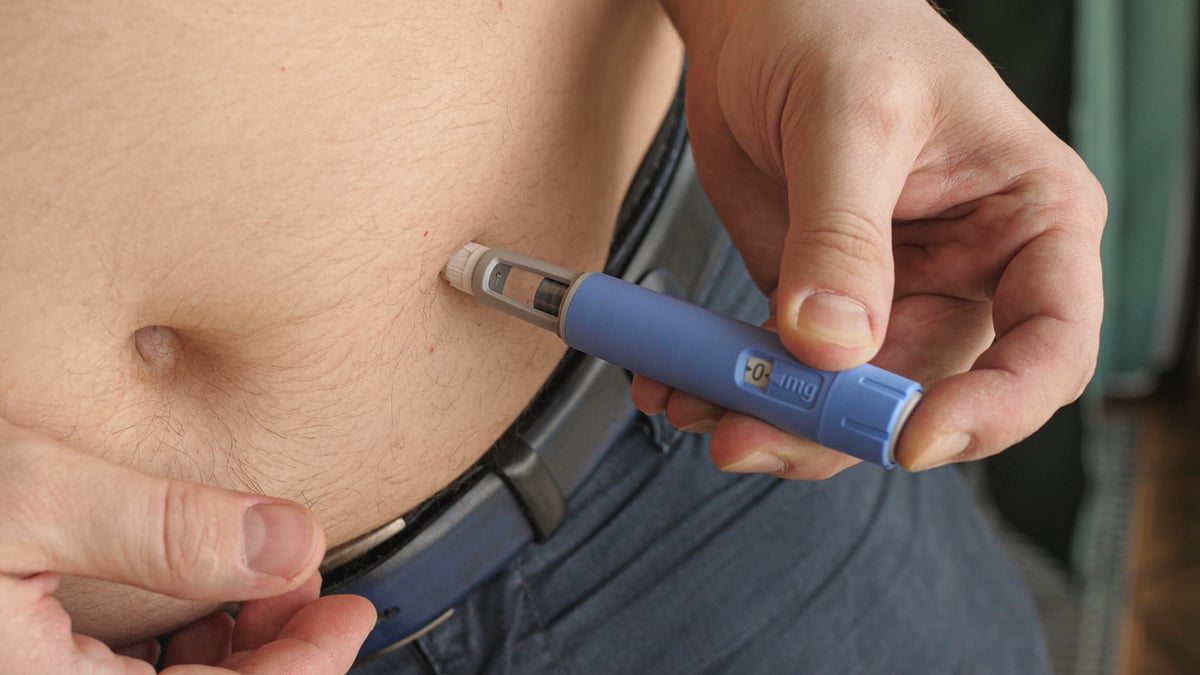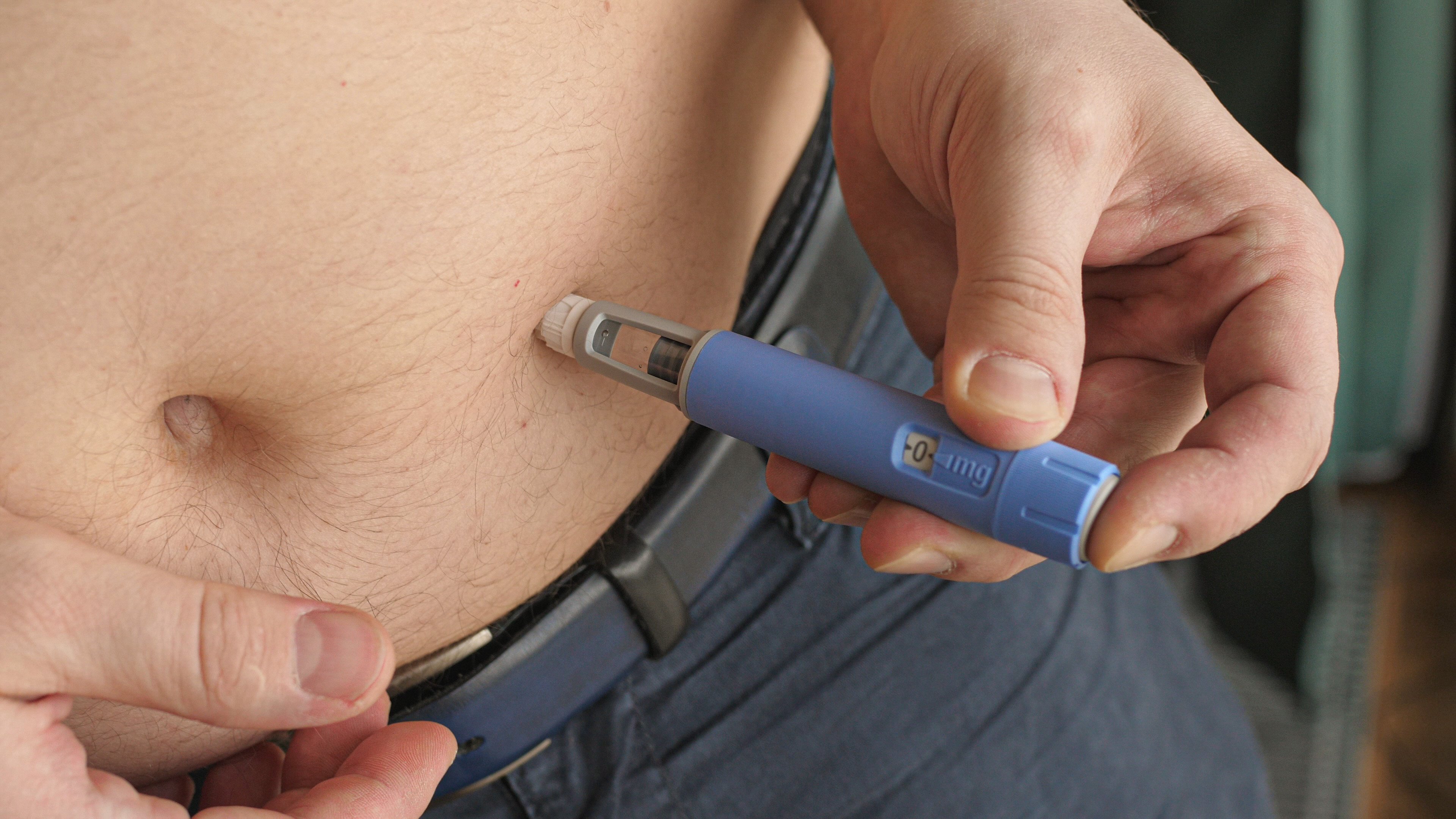Eli Lilly (LLY +1.80%) has been one of the best-performing pharmaceutical leaders in the past five years. Thanks to strong clinical and regulatory progress, as well as robust financial results, the drugmaker has routinely impressed Wall Street.
Lilly has experienced a slowdown this year, and its shares have underperformed broader equities. Still, the company could turn things around and return to its market-beating ways, especially if it can execute effectively on several fronts.
Let's discuss three critical areas of its business to pay close attention to right now.
1. Tirzepatide's progress
It has now been more than three years since the U.S. Food and Drug Administration (FDA) first approved tirzepatide, the medicine Eli Lilly markets as Mounjaro for treating diabetes and as Zepbound for weight management. The two brands have been generating mouthwatering sales. Each racked up billions of dollars in revenue last quarter. Mounjaro and Zepbound will continue to be crucial to Eli Lilly's progress. Here are two key things to watch.
First, how quickly are their sales continuing to grow? Analysts will be closely monitoring these numbers for the foreseeable future.

Image source: Getty Images.
Second, will they earn label expansions? Tirzepatide has already aced other phase 3 studies, such as in cutting the risk of diabetes in patients who were overweight (or obese) and prediabetic. Regulatory authorities are now reviewing it in helping prevent heart failure in obese patients.
Tirzepatide is being investigated in late-stage trials as a potential treatment for psoriasis and psoriatic arthritis in combination with other medicines. It's also being tested in mid-stage studies in metabolic dysfunction-associated steatohepatitis (MASH). So the therapy could earn many more label expansions, which will help boost its already fast-growing sales. It's a good idea to monitor Lilly's developments related to this drug.
2. Orforglipron's weight management results
In April, Eli Lilly posted strong phase 3 results for its next-gen GLP-1 medicine, orforglipron, in diabetes patients. Orforglipron is a particularly important pipeline candidate to follow, because it could be one of the first oral GLP-1 therapies to hit the market. Some patients don't like needles and would vastly prefer a daily oral option over the current subcutaneously administered options. And while Lilly's recent phase 3 win for orforglipron in diabetes was significant, investors will be especially interested in the medicine's performance in weight management.
Lilly is currently running two clinical trials along those lines. One features obese patients with diabetes, and the other does not include patients with diabetes. The company plans to submit regulatory applications for orforglipron in obesity in the fourth quarter, so these data readouts are imminent. If the investigational treatment's performance doesn't meet investor expectations -- or the company's own target -- it could sink the stock price and delay Eli Lilly's plans.

NYSE: LLY
Key Data Points
3. The valuation
Eli Lilly's shares are priced for perfection. The forward price-to-earnings ratio was recently 35.5; the average for the healthcare sector is less than half that at 16. That means that the company will be held to an incredibly high standard, and if it fails to live up to it, it will experience a sell-off.
That's what happened when it reported its first-quarter results. Although revenue grew at a healthy rate, by 45% year over year to $12.7 billion, guidance was not what investors wanted to see and led to a significant drop in the share price. The same could happen if Lilly fails to impress with its second-quarter results, which are due on Aug. 7.
Is Eli Lilly stock a buy?
Several catalysts could either jolt or sink Lilly's shares in the next six months. But what does this mean for investors?
Regardless of what happens through the end of the year, the company has proven innovative abilities, a strong lineup of medicines, and a rich pipeline. All drugmakers occasionally encounter clinical and regulatory setbacks. That has happened to Eli Lilly before, and it will again. However, its consistent breakthroughs in diabetes and weight management, combined with its successes in other areas, make a strong case for the stock.
And beyond orforglipron, Lilly has other candidates in its core therapeutic areas. CEO David Ricks has stated that the company has 11 obesity candidates in its pipeline.
What about the high forward P/E? The pharmaceutical giant has been growing its revenue at a significantly faster rate than its peers in the industry. That justifies a premium. Even if Lilly sometimes falls short of its guidance -- and every company occasionally does -- it should continue to post better results than similarly sized competitors for the foreseeable future, given its lineup and pipeline.
And as a dividend stock, Lilly is a strong pick for income-seeking investors. Shares have slightly lagged the S&P 500 this year, but at current levels, Eli Lilly looks like a buy.





